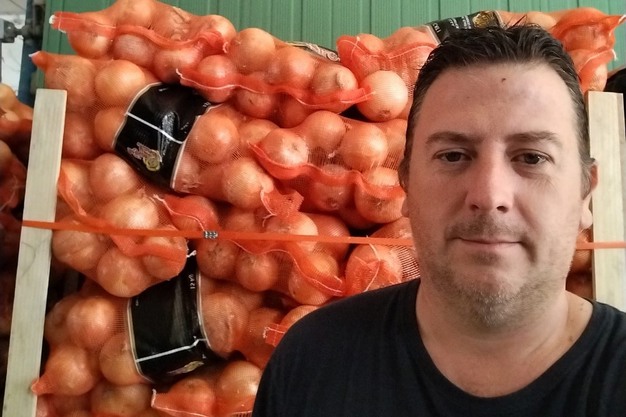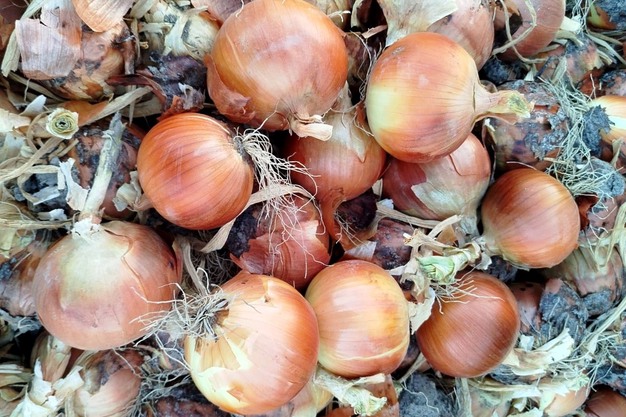In contrast to the melon and watermelon campaign, the onion season in the Spanish region of La Mancha is going well this year, thanks to a combination of various factors. Prices continue to rise, and quality and sizes match what the market is demanding.
 © Narciso Vargas
© Narciso Vargas
For their part, “Murcia, Seville, and Cordoba had fewer hectares devoted to onions, and in addition to this, some plantations suffered from the impact of mildew, which took a toll on the harvest. In this season in La Mancha, we have seen stable prices of 60 cents per kilo at the source, although these days they have dropped and they currently amount to around 55 cents,” says the manager.
Another important factor behind this lack of produce was the catastrophe in the Valencia region. “After the disaster with the storm and floods in October last year, it was not possible to enter the land to sow onions, so the national production has also been reduced,” says Vargas.
“I believe that prices will remain in line with what we are seeing now; there will be no onion shortages, because while the national production is coming to an end, the Dutch and French season is starting, even though their sizes are smaller due to a lack of sunshine.”
“We are working on two lines: production and packing in various formats, and onion peeling for the industry. Our product portfolio is complemented with melon and watermelon from our area from July 15 to October,” says the manager. “In September, we store the late onion known as Grano de Oro, and when spring arrives, we start with the crops from Seville, Cordoba, Almeria, and Murcia. In total, we work with around 8 million kilos a year,” he says.
 © Narciso Vargas
© Narciso Vargas
Melon and watermelon: ruinous for many
As far as La Mancha’s poor melon and watermelon season is concerned, Vargas says that “both products are being sold at the source for 8 or 10 cents. This is a ruinous price for many. Some say that 1,000 hectares more than last year have been planted. Everything has gone worse because Europe hasn’t been experiencing the unusually hot weather of the previous summer.”
Melon and watermelon producers are also not enjoying favorable weather conditions. “It is extremely hot in La Mancha, and the plantations have been negatively affected. Various factors have come together and caused a perfect storm. You have to remember that production costs amount to an average of around 12 cents. I think they can only go up from now on, because we can’t possibly go down any further.”
Other factors, according to Vargas, “are that some producers have been encouraged to grow melons and watermelons because they were more profitable than cereal. In addition, other Mediterranean countries, such as Greece and Italy, also appear to have planted a lot more watermelons. We will have to reflect on this confluence of factors and think about what we can do to avoid having a similar campaign again,” says the manager.
For more information:
Narciso Vargas
Narciso Vargas
Tel.: +34 667 76 43 99
[email protected]
www.narcisovargas.es
Source: The Plantations International Agroforestry Group of Companies
